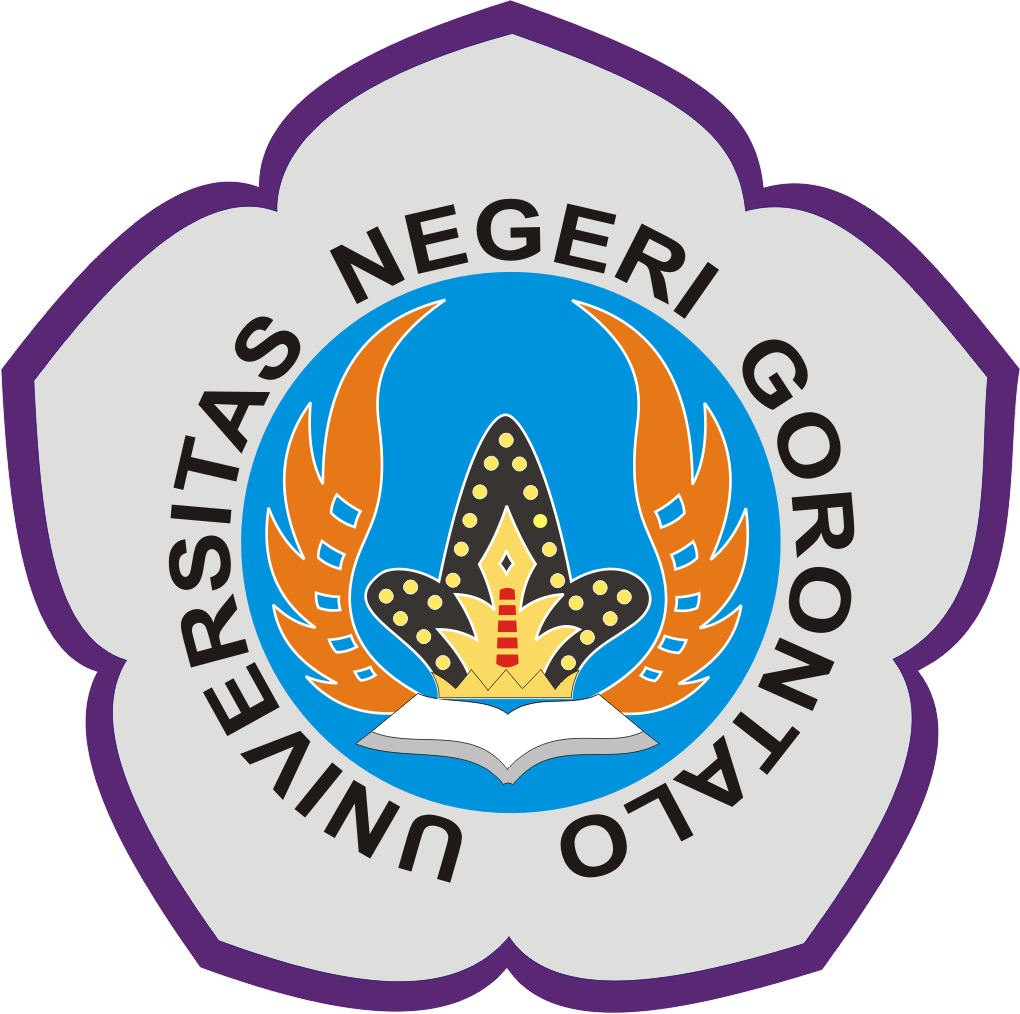The Influence of Modified Anatomical Jendral Playing Cards in Improving Medical Student Learning Outcomes
Abstract
Introduction: Human anatomy is a basic and challenging medical science studying the normal structure of the human body and its relationship with other body structures. However, the current anatomy learning methods must continue to be developed to make them better. This research aims to see the effect of modified anatomy Jendral playing cards on the results of the anatomical response of the musculoskeletal system in medical students.
Method: This research was carried out at the Faculty of Medicine, Universitas Negeri Gorontalo, on 31 first-year pre-clinical medical students consisting of 7 men and 24 women with an average age of 18 years. The research design used is a pre-experiment method with one group pretest-posttest design where respondents will be given an intervention by playing Modified Jenderal Anatomy Playing Cards. Analysis of this research data used the Wilcoxon Test.
Results: There was an increase in quiz results from 8,00 ± 12,00 (median ±interquartile range) to 36.00 ± 24.00 (median ±interquartile range), as well as the p-value of 0.000 (p-value ≤0.05).
Conclusion: Playing modified anatomical jendral playing cards influences the results of medical students' Anatomy of Musculoskeletal System Practical Response Assessment. Medical teachers will use the present learning media innovation in activities reviewing anatomy practicum and using pictures Cadaver, which will be assessed to improve medical students' learning outcomes.
Key words: Anatomy assessment results, anatomy cards, learning media, medical students
Full Text:
PDFReferences
Wati HM, Valzon M. The Effectiveness of Various Anatomy Learning Media (Text, Video, and Video-Text Combinations) for Medical Students at Abdurrab University.CMJ. 2019; 2(2): 50-56.
Masrinah EN, Aripin I, Gaffar AA. Problem Based Learning (PBL) to Improve Critical Thinking Skills. FKIP UNMA. 2019.
Hasibuan S, Nugraha T, Chairad M. The Students Perception of Anatomy Learning. Advances in Health Sciences Research. 2020; 23: 48-49.
Chairad M. Analysis of Student Learning Difficulties in Anatomy Courses in the Department of Physical Education, Health and Recreation. Handayani Journal. 2018; 9(2): 30.
Bachmann O, Grunchel C, Fries S. Multitasking and Feeling Good? Autonomy of Additional Activities Predicts Affect. J Happiness Stud. 2019; 20(5):899-918.
Kuniya KD, Oktaria G, Setiawan R, Lisiswanti. The Relationship between Learning Style and Learning Approach on Anatomy Practicum Exam Results for Medical Students Class of 2015, Faculty of Medicine, University of Lampung. Lampung University. 2018.
Ibrahim SA. Challenges for Medical Student in the Society 5.0 Era. Jambura Medical and Health Science Journal. 2023;2(1):50-54.
Ihsan M, Masaong AK. Medical Education Strategy In The Era of Digitalization and Disruption. Jambura Medical and Health Science Journal. 2023; 2(1):38-49.
Perumal V, Dash S, Mishra S, et al. Clinical Anatomy Through Gamification: a learning journey. New Zealand Medical Association. 2022; 135(1548):25.
Robani ME., et al. Learning By Doing Method in Optimizing the Quality of Middle School Student Learning.Educational Scientific Journal (JIE). 2021; 1(1) : 27.
Roscoe R. Rules of thumb for determining sample size. New york. Holt Rinehart. 1975.
Chairad M. Analysis of Students' Learning Difficulties in Anatomy Courses in The Department of Physical Education, Health And Recreation. Jurnal Handayani. 2018; 9(2):23-32.
Hidayatulloh S, Praherdhiono H, Wedi A. The Influence of Learning Games on Increasing Learning Outcomes in Understanding Natural Sciences. Medan State University. 2020.
Kodden, B. The Art of Sustainable Performance: A Model for Recruiting, Selection, and Professional Development. Springer. 2020.
Wiyono N, Hastami Y. Alternative Medical Anatomy Learning Methods. Anatomica Medical Journal. 2018; 1(2):68-77.
Berndetha N, Lambhot N. The Description of Medical Student' Interest and Achievement of Anatomy in the Faculty of Medicine Universitas Kristen Indonesia. ICE CREAM BAR. 2018;39(1):127.
Reuter P. Low-Stakes vs. No-Stakes Practice Exams in Anatomy and Physiology Classes: Which One Works Better?. Journal of the Human Anatomy and Physiology Society. 2020; 24(2):22.
Rahmasari, P. Comparison of Student Learning Results Before and After the Active Learning Process Using Dental Anatomy Cards (KABANOGI). Thesis. Faculty of Dentistry and Health Sciences Muhammadiyah University of Yogyakarta. 2016.
Sukmawati, W. Utilization of Digital Game Based Learning with the Kahoot Application as an Interactive Learning Media to Improve Student Learning Outcomes (Experimental Study on Indonesian Population Dynamics Material in Class XI IPS SMA Negeri 2 Ciamis). Bachelor thesis, Siliwangi University. 2022.
Dafriani, P. Anatomy and Physiology textbook for health students. 1st ed. Prima Blessing CV. Field, 10. 2019.
Magdalena I, Islami NF, Rasid EA, Diasty NT. Three Domains of Bloom's Taxonomy in Education.Journal of Education and Science. 2020; 2(1):132-139.
Ridho A, Gusasi FF, Hasanuddin ADI, Ibrahim SA. The Use of Digital Illustrators in Histology Practicum Learning of Medical Students In Gorontalo: Perception Study. Jambura Medical and Health Science Journal. 2022; 1(2):90-97.
DOI: https://doi.org/10.37905/jmhsj.v3i1.24430
Refbacks
- There are currently no refbacks.
Jambura Medical and Health Science Journal (JMHSJ) has been indexed by:
 |  |  |  |
| Editorial Office |
Medical Faculty Building, 1st Floor Jl. Jend. Sudirman No.6, Kota Gorontalo, Gorontalo, 96128, Indonesia.Whatsapp: +6285233215280 Email: [email protected] |
 |











